Anyone who has lived in Colombia for a certain amount of time can tell you “boy, this country has a lot of holidays!” And, yes, we love our festivos.
They’re the days we get to rest a little more, to be lazy. They’re an extension of a Sunday, if you will. Every time there’s a month with no festivos, you’ll hear about it. There’s no avoiding the complaints about how endless the month will be.
I even suspect that a lack of festivos led to the well-known “Juernes” concept: the one that leads everyone to act as if the weekend started on Thursday.
Who can blame us? We’ve been coddled with so many holidays that we forget weekends are for resting.
Colombian’s aren’t lazy, generally speaking, but we love holidays and weekends because it means getting dressed up, going out, having drinks, dancing, and socializing.
It is during these days that we resolve issues in our social life, let off some steam and enjoy.
There are 18 annual holidays in Colombia –an earlier version of this post read that there were 19 but was erred because it counted Palm Sunday- (19 if you count Easter, which is already on a Sunday).
Of those 18, over 60 percent are religious. There is one that is on its way to being added, after the project of the law passed and was being debated, on the official Calendar as well for October 21st.
There are so many that on most holidays, most of us have no idea as to what we’re even celebrating.
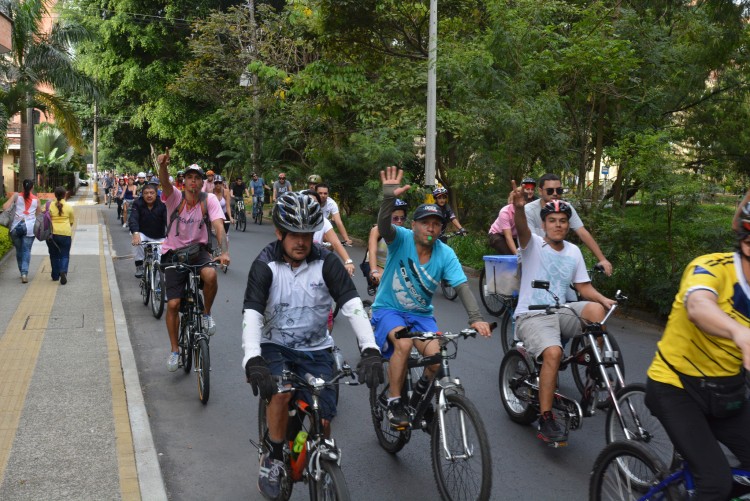
What Colombians Like to Do on Holidays
First of all, it’s important to note that we not only call them festivos, but everytime there’s a Monday holiday, we call that weekend a “puente” or a bridge, I suppose it’s because the weekend extended in some way into the week, but you if you know of a better theory, let me know.
While in some countries, holidays mean that nothing is open and everyone rests, Colombians have a variety of things they like to do.
Some like to go out, meaning that most commercial stands, stores, and restaurants will stay open- this also means some of us have to work on holidays (insert tragic face here).
Some like to do house cleaning on holidays, taking advantage of the fact that they had Sunday to take it easy, be it for a hangover, movie day, church, family, etc.
You’ll see that a lot of Colombians hit the movie theaters on holidays, and you’ll probably have to make a reservation to get in (or get in line). Sadly, making a reservation in Colombia means paying extra money.
The weekly ciclovía also extends one day when there is a holiday, for which Colombians who exercise on these days are very thankful. Biking, jogging, walking, dogs and fruit stands all make an appearance.
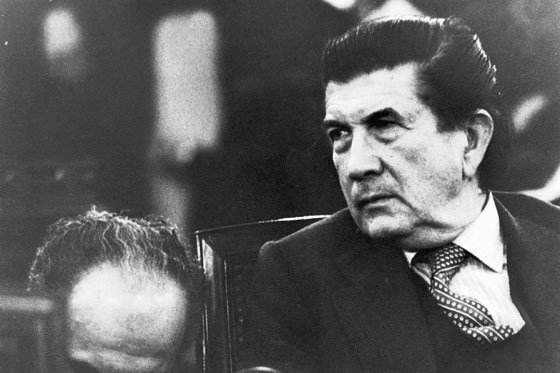
The Dreaded Weekend Holiday
Sometimes, we’ll see that a national holiday (such as independence day) or a Western holiday such as New Year’s Day will land on a weekend. This is something that Colombians can’t stand.
We look forward to these days so much and to have it paired up with a regular off-day is like having a birthday on Christmas.
For Catholic holidays, because of the Emiliani law (named after the efforts of Raimundo Emiliani Román), the holiday can be pulled forward or back to give everyone a Monday off, or a puente!
This law took effect in 1983, and Emiliani enjoyed his stretched holidays for 22 years after. However, for all government or other holidays we just have to deal with it.
How Colombia Does Compared to Other Countries
According to the Online Recruitment Source Onrec, Argentina leads the world with the most national holidays with 18, though this year it is 17.
Now, without knowing what holidays do and don’t go into the count, I’m still surprised Colombia doesn’t even appear on the list! With our 18 national holidays, we blow just past Argentina.
There are a lot of theories as to why we have so many festivos…however, to me the one that makes sense is the fact that many Colombians aren’t on a stable payroll with paid vacation.
These holidays are all they get; the only paid time off they’ll see as contractors.
What are these Festivos Celebrating?
There are a few that are all too familiar: New Year’s Day, Labor Day, Christmas, and so on. However, what is the day of San Pedro and San Pablo or the day of the Immaculate Conception?
I’m here to guide you out of the land of curiosity.
Some of the dates vary year to year so I’ll be walking you through the holidays (past, present, and to come) of 2015.
January 1st: Año Nuevo (New Year’s Day)
Ah, a fresh start full of resolutions, hangovers, “December food,” taking down Christmas lights, and staying at home.
January 12th: Día de Los Reyes Magos (Day of the Three Wise Men)
Now, while this holiday has a bigger impact in other Latin American countries such as Mexico, Colombia celebrates it as well. I don’t recall ever hearing about this holiday as something important as a child, but I understand some families take it very seriously.
Biblically, the day of the three wise men celebrates the visit of three wise men (pardon the redundancy) to baby Jesus, whom they found by following a bright star in the sky that undoubtedly told them of the birth of the savior of all men.
Some Colombians will keep their Christmas trees up to celebrate the date, sometimes involving Christmas carols called “villancicos” and other activities like mass.
In other Latin American countries, children are given gifts that are said to come from the three wise men. I believe in Colombia it’s not done so much because our version of Santa (baby Jesus) tends to go all out for Christmas.
March 23rd: Día de San José (Saint Joseph’s Day)
Undoubtedly Catholic, Saint Joseph’s Day celebrates the Virgin Mary’s husband and Jesus’ adoptive father, for his humility and unattached nature.
This day is also known as Día del Hombre, a day that celebrates men for their support, dedication and…well, just for being men. Hooray!
April 2nd and 3rd: Jueves y Viernes Santo (Holy Thursday and Friday)
Both a part of Holy Week, which some have entirely off from school/work. I went to a Catholic high school and university so for a long time now, I’ve had a whole week off every March/April depending on the year.
Holy Week, or Semana Santa, commemorates the Passion, Death and Resurrection of Jesus as told by the New Testament.
Back in the day, Thursday and Friday were off-limits for anything fun-related. Friday is commemorated for Jesus’ death and therefore, no games, music or laughter were allowed. All radio stations played only retellings of the Bible and maybe some hymns.
Luckily, this has since changed, the country’s religious diversity has grown (or been acknowledged), and he or she who is Catholic may choose to commemorate as they choose.
May 1st: Día del Trabajo (Labor Day)
Though this is supposed to be Colombian National Holiday, celebrated by all, but only taken off work by some, it has its origins in American History; it celebrates the work protests that led to the eight-hour work day and other work rights.
While most people work like any other day on this festivo, it is a day that is used for work protests and marches about rights.
May 18th Día de la Ascención (Day of the Ascension)
This is another religious holiday that varies year to year. It is 40 days after Easter, so the date is flexible to the ever-changing crescents.
This day celebrates the spiritual (sometimes believed to be physical) ascension of Christ to heaven that according to the New Testament took place before the eyes of his disciples.
June was filled with holidays!
June 8th: Corpus Christi
60 days after Easter, Corpus Christi is celebrated. The holiday itself was declared by the Vatican in 1264, but Spain was the first country to declare it a national holiday in 1280, which is why Colombia celebrates it today. It is a celebration of Christ’s holiness and the church built around it.
June 15th: Sagrado Corazón de Jesús (Sacred Heart of Christ)
No, it’s not just something we say when we get startled, Sagrado Corazón de Jesús is another of our religious holidays.
The image of the Sacred Heart, brought overseas and reinstated in Native land, was embedded in Colombian Catholic culture and is very close to those devoted.
You’ll perhaps find a Sacred Heart of Christ religious image while visiting Colombian homes (I know my family has one…or ten) and it has grown to be one of the strongest symbols of Catholic faith in the country.
It is celebrated this day, and in some towns we see processions and other religious events, as well as, of course, mass.
June 29th: Día de San Pedro y San Pablo (Saint Peter and Saint Paul’s Day)
This day commemorates the torture and suffering (and death) through which Saint Peter and Saint Paul, Christ’s disciples went through for continuing to carry the Christian message through Rome.
These two saints are especially close to Catholic culture for their acts narrated in the New Testament.
July 20th: Independence Day
While in the U.S. and Canada, Independence Day is acknowledged and celebrated with pride, in Colombia it’s known as a day off where some people will put out their flags on their houses.
In all historical honesty, Colombia wasn’t independent until July 20th, 1810. This date marks the beginning of a revolution against the Spanish fighting for freedom.
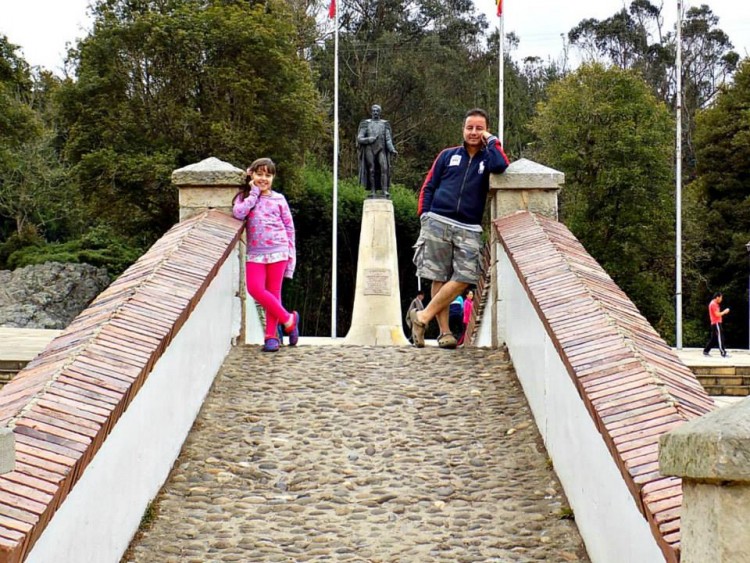
August 7th: Batalla de Boyacá (The Battle of Boyacá)
Taken place on a tiny bridge on the La Hoya road that goes to Tunja, Boyacá, August 7th celebrates the Battle of Boyacá which marks the true independence day for Colombia…or at least the day it was declared that we won.
After, there was a fair amount of adjusting before we could say we were a nation of our own.
August 17th Asunción de María (The Assumption of Mary)
This day celebrates the belief that the Virgin Mary, ascended to heaven- both body and spirit- when her time on earth was done. Mary did not officially die or leave a grave, according to Catholic faith, she ascended to join her son.
October 12th: Día de la Raza (Day of Race)
This day marks the supposed day on which Christopher Columbus landed in the Bahamas (though it’s debated where exactly) and “discovered” America.
On this day, we celebrate difference in ethnicities and color coming together in a mutual discovery that marked 1492.
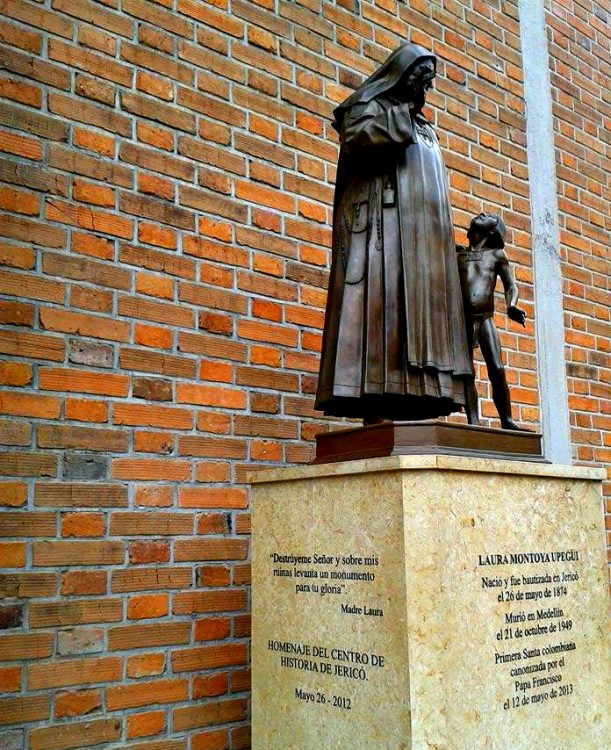
October 21st: Día de la Madre Laura (Saint Laura’s Day)
If you’ve been in Colombia for the past year, or ever been to Jericó, you might have heard the news about our very own Laura becoming an official saint. If anything deserves a holiday, it’s something like that!
It wont’t be included this year, because its inclusion in the calendar is still being debated but I had to inlcude it. There you have it, Saint Laura’s Day-cross your fingers!
November 2nd: All Saint’s Day
Because even though a lot of them have their own day, we have to celebrate them all at once too…right? More days off!
November 16th: Cartagena’s Independence
Cartagena was the first Colombian territory to declare its independence from Spain, and the second in South America after Caracas, Venezuela.
December 8th: Dia de la Inmaculada Concepción (Day of the Immaculate Conception)
If you’re at all familiar with the Bible, you know that Jesus was born of an Immaculate Conception to the Virgin Mary, who was declared void of original sin by Pope Pius IX.
This day celebrates that with a beautiful tradition of lighting candles and lanterns and setting them on sidewalks or balconies. This is usually accompanied by music, food and sometimes dancing.
The same tradition takes place on December 7th as well, though it’s not an official national holiday.
December 25th: Christmas
Though, as you may know, the real celebration starts on Christmas Eve, lasts all night, and Christmas Day is a day of enjoying new presents and getting past the alcohol poisoning. Oh, and church.
There you have it. A go-to list of holidays for those odd times when you see an unusual amount of people jogging on the streets on a Monday and wonder, “why aren’t these people working?”… now you’ll know it’s probably a holiday.
_________
The first photo of this post was taken by Adreanna Moya Photography.

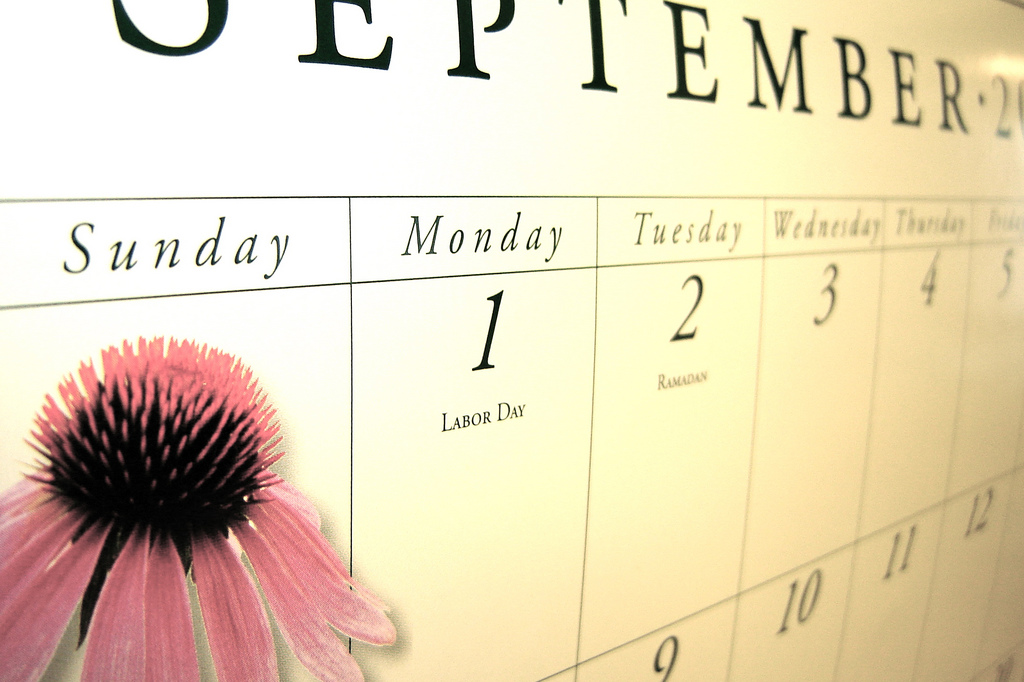










There are 18 official national holidays in Colombia, not 19.
For 2015, March 29 (Palm Sunday) isn’t a national holiday since it’s on Sunday. You missed August 17 (Assumption Day), which is a national holiday. October 21 (Saint Laura’s Day) isn’t yet a national holiday. Also Easter Sunday isn’t a national holiday since it’s on Sunday.
Also according the Officeholidays and Timeanddate websites, Argentina only has 17 national holiday this year. The Philippines ties with Colombia with also 18 national holidays.
Thanks Jeff!
You’re right, Palm Sunday wouldn’t fall in there, also, I didn’t know about Assumption Day, I’ll add it to the list.
Thanks for the great list & explanations! I believe Cartagena’s independence day is November 11 (& celebrated on the Monday closest to that date)?
Those are just the national holidays, there are also the local holidays. That makes the celebrations almost nonstop. My friends always tell me that they have no clue which holiday they are celebrating, they are just glad they have an extra day off.
It is insane, that Philppines has the equal number of holidays. There is another country that just loves celebrating. It seemed there were festivals all the time when I was visiting.
Eric,
Absolutely, Barranquilla has their local holidays, I know Manizales has their local holidays for Feria de Manizales. We definitely don’t rest just on the public holidays and we often don’t know why we’re resting but we’re glad to have a day off!
LOVED the article. I’m bookmarking it and forwarding it to all my expat friends living in MDE as they are always confused about why there are so many holidays in Colombia.
That being said… a tiny bone to pick about this statement: “This day (October 12th) marks the supposed day on which Christopher Columbus landed in current day Dominican Republic and “discovered” America.”
Columbus actually discovered the island of Guanahaní (San Salvador) in the Bahamas on October 12, 1492. He didn’t actually discover Dominican Republic (La Española or Hispaniola) until December 5th, 1492.
Thanks again for a very informative article.
Thanks for reading and sharing Jose!
I’ll add the correction.
G20 does not include Colombia. This is why the page you link to does not list it. The title of the page you linked is “UK has lowest number of public holidays within G20”.
Many thanks for the info. I live in the USA but now live part time here in Colombia. I grew up in Trinidad and Tobago and I have always wondered about all those public holidays. For the most part it is just official time off. Trinidad and Tobago may not have as many official public holidays but the months of December and February seem to be party months. Christmas and Carnival are not just days but the whole month. Same with the Philippines and their Christmas.
Interesting that certain days, such as the Assumption and All Saints are a couple of days later than in Europe (Aug 15th and Oct 31st) Any ideas why?